From dramatic coastlines and volcanic valleys to moss-covered forests that feel almost enchanted, Japan’s natural landscapes are destinations in their own right.
Whether you’re seeking solitude, scenic hiking trails, or once-in-a-lifetime views, these 15 nature spots show off the country’s wilder, quieter side.
Also read: Nature Detour: 9 Stunning Natural Attractions to Visit in South Korea
Shiretoko National Park, Hokkaido
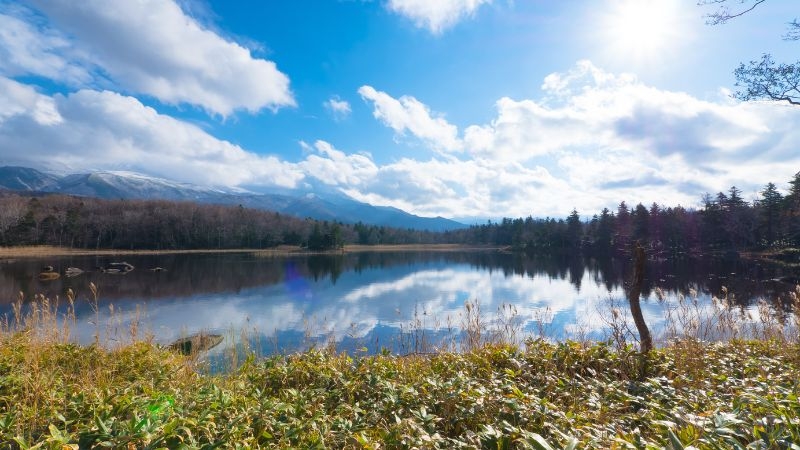
Image credit: yasuhisa0914 via Canva Pro
Located on Hokkaido’s remote eastern peninsula, Shiretoko is a true wilderness. Designated a UNESCO World Heritage Site, this protected area is known for its rugged mountains, hot springs, and dramatic coastal cliffs.
Wildlife is abundant. Brown bears, foxes and sea eagles roam freely here. During winter, drift ice from Russia floats along the coastline. The best way to explore is by hiking trails or sightseeing cruises from Utoro.
Yakushima, Kagoshima Prefecture
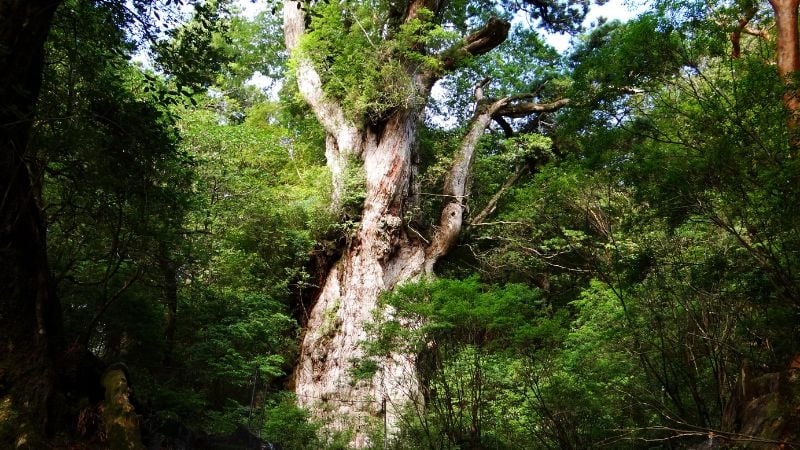
Image credit: Toshihiro Nakajima via Canva Pro
This lush, subtropical island south of Kyushu is home to Japan’s oldest trees, some over 2,000 years old. The most famous, Jomon Sugi, is a revered cedar that takes a full-day trek to reach.
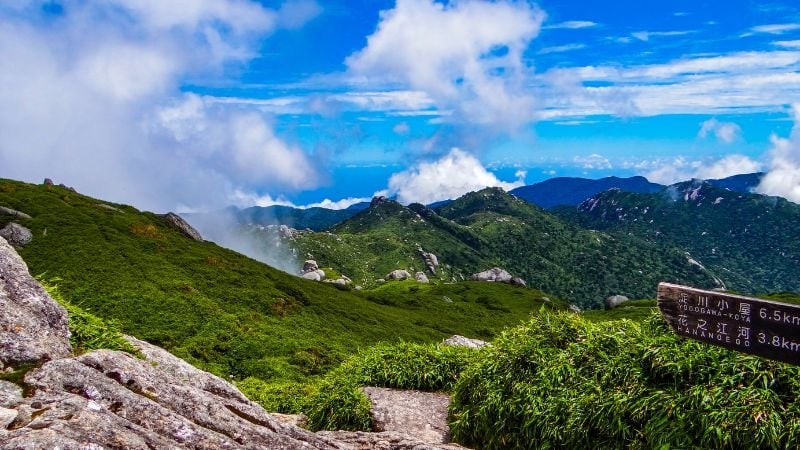
Image credit: Toshihiro Nakajima via Canva Pro
Even short trails in Yakushima reveal magical scenes: waterfalls crashing through mossy ravines, monkeys lounging in the trees, and rainforests that stay green year-round. Its primeval charm famously inspired Princess Mononoke.
Kamikochi Valley, Nagano Prefecture
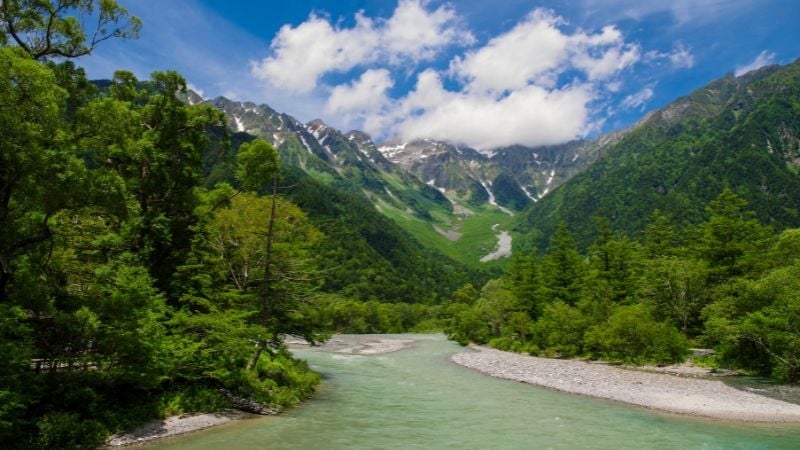
Image credit: linegold via Canva Pro
Set deep within the Northern Alps, Kamikochi is an alpine valley framed by towering peaks. It is laced with tranquil marshes, larch forests, and the crystal-clear Azusa River.
The area is only open from mid-April to November and is closed to private vehicles. This keeps it peaceful and unspoilt. A mix of easy boardwalks and more advanced hiking routes make it accessible to all fitness levels.
Takachiho Gorge, Miyazaki Prefecture
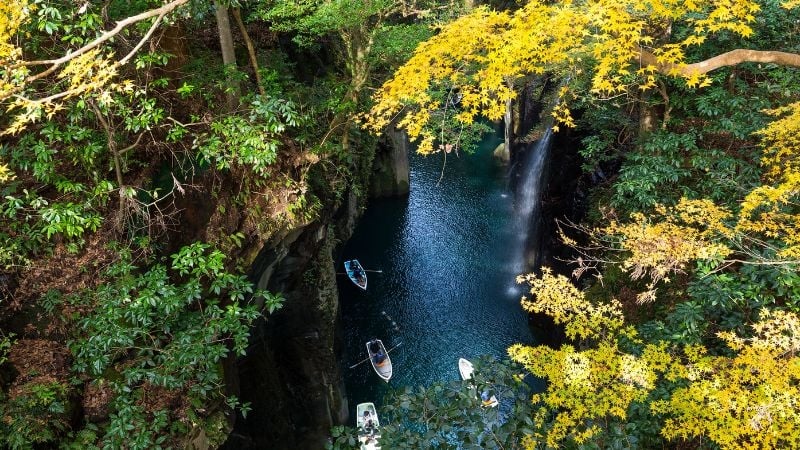
Image credit: Smaranda Dragan’s Images via Canva Pro
Takachiho Gorge is a narrow chasm carved by volcanic activity, with sheer basalt cliffs rising on both sides of the Gokase River. The highlight is the Manai Falls, a 17-metre cascade that you can paddle beneath in a rowboat.
The area is also steeped in legend, said to be where the Shinto gods descended to earth.
Also read: Rejuvenating Nature Retreats for a Healing Holiday
Fuji Five Lakes, Yamanashi Prefecture
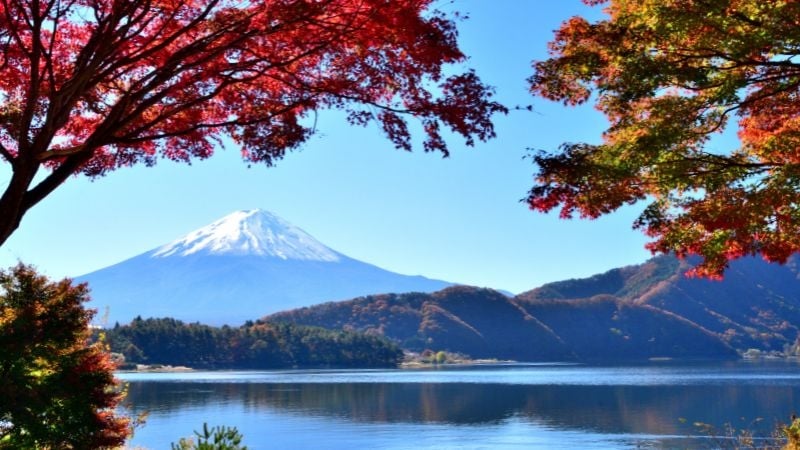
Image credit: magicflute002 via Canva Pro
North of Mt Fuji lies a cluster of five lakes: Kawaguchi, Motosu, Sai, Shoji, and Yamanaka. Each offers panoramic views of Japan’s iconic peak. The area blends natural beauty with cultural sites, hot spring resorts and easy hiking trails.
Lake Kawaguchi is the most accessible and popular, but Lake Motosu provides the classic mirror-like reflection of Mt Fuji found on the ¥1,000 banknote.
Shiraito Falls, Shizuoka Prefecture
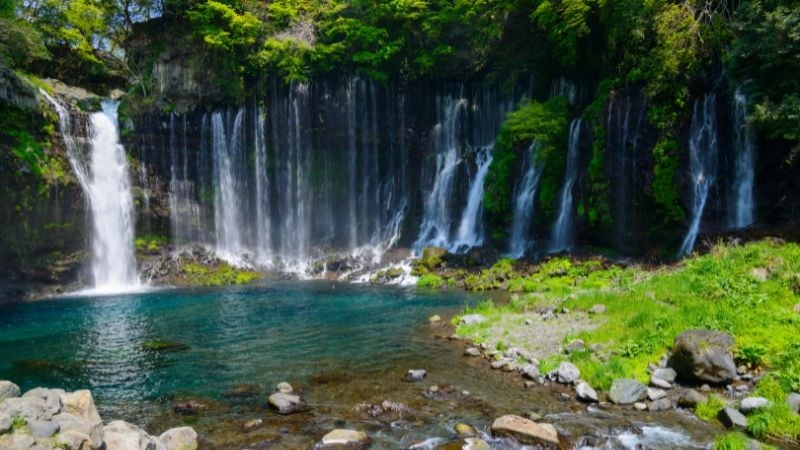
Image credit: Hiro1775 via Canva Pro
Just a short drive from Fujinomiya, Shiraito Falls is a mesmerising curtain of thin, silky streams cascading over a 150-metre-wide rock face.
Surrounded by greenery in summer and framed by fiery leaves in autumn, it’s one of Japan’s most elegant waterfalls. A smaller but thunderous waterfall, Otodome Falls, sits nearby, making this a great twin waterfall visit.
Nachi Falls, Wakayama Prefecture
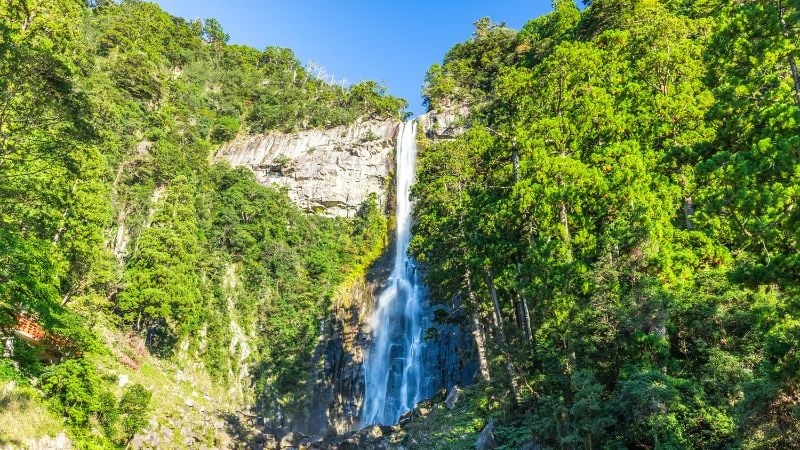
Image credit: makafushigi via Canva Pro
Standing at 133 metres, Nachi Falls is Japan’s tallest single-drop waterfall and one of the country’s most spiritual sites. Located within the Kumano Kodo pilgrimage network, it flows beside the vermilion-lacquered Seiganto-ji Temple and Nachi Taisha Shrine.
This dramatic convergence of water, forest, and ancient architecture makes it a quintessential photo spot and a powerful place of reflection.
Matsushima Bay, Miyagi Prefecture
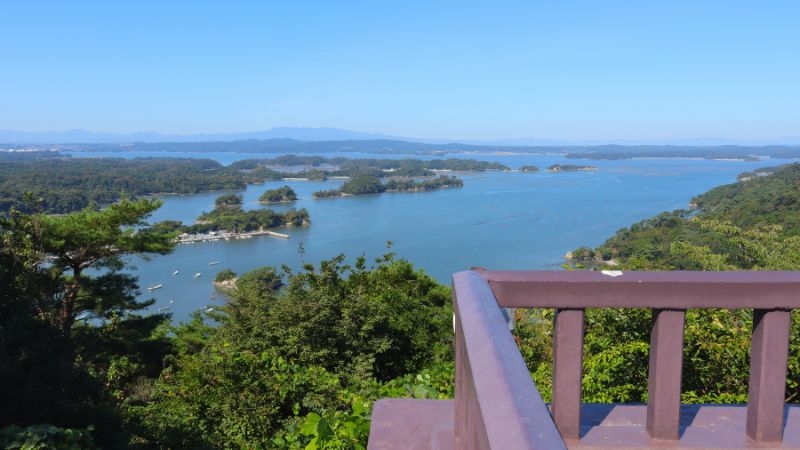
Image credit: Mukaiyama Takeshi via Canva Pro
Renowned as one of the Nihon Sankei (Three Views of Japan), Matsushima Bay is scattered with over 260 small, pine-clad islets that seem to float on the water.
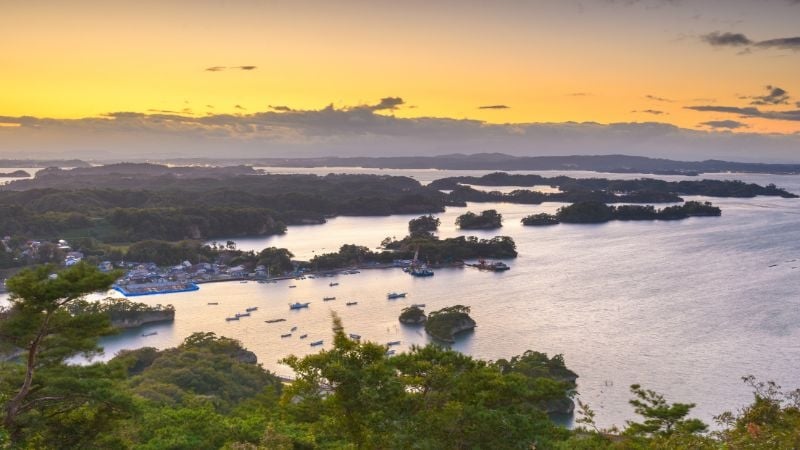
Image credit: Sean Pavone via Canva Pro
The Four Great Viewing Points of Matsushima Bay each offer a unique perspective depending on the time of day. Otakamori is best at sunrise, Tomiyama suits midday light, Ogitani is ideal in misty conditions, and Tamonzan shines at sunset. Though visiting all four in one day is challenging, each captures a different mood of the bay, from sweeping panoramas to atmospheric close-ups.
Kumano Kodo, Kii Peninsula
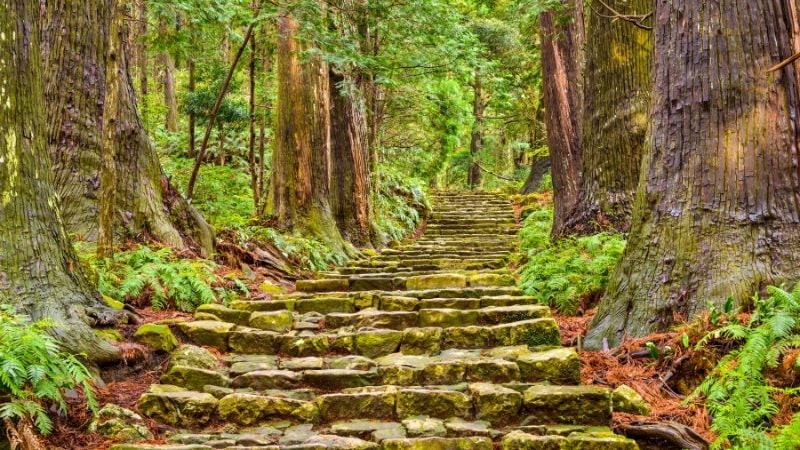
Image credit: SeanPavonePhoto via Canva Pro
This network of pilgrimage trails winds through the mountainous forests of Wakayama. It links sacred shrines such as Nachi Taisha, Hongu Taisha and Hayatama Taisha.
Walking the Kumano Kodo is both a physical and spiritual journey, with moss-covered paths, ancient stone steps and quiet forest sanctuaries that echo centuries of devotion.
Ashikaga Flower Park, Tochigi Prefecture
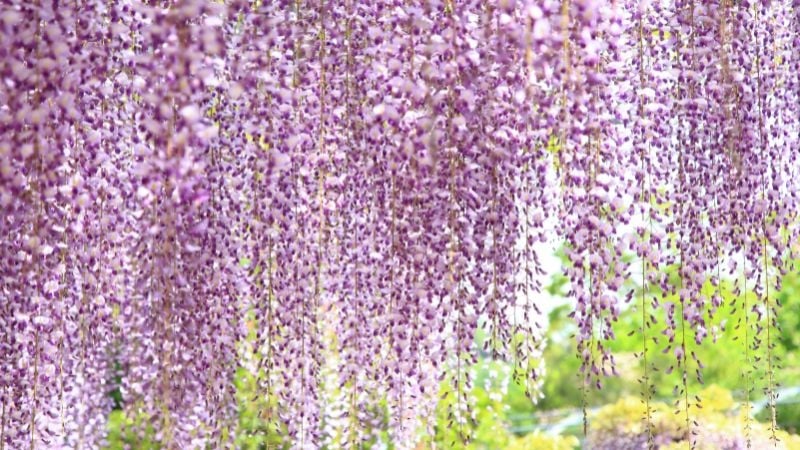
Image credit: hirohito takada via Canva Pro
Every spring, Ashikaga Flower Park transforms into a pastel dream with its famed wisteria tunnels, some over 150 years old.
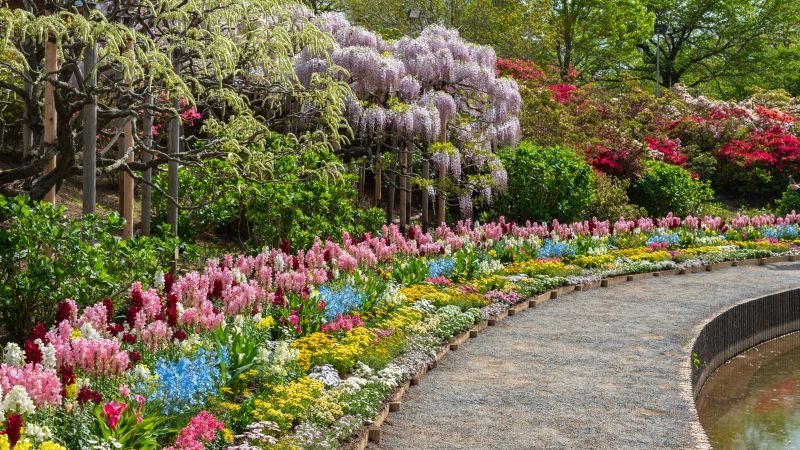
Image credit: Shawn.ccf via Canva Pro
Beyond spring, the park offers seasonal displays year-round, from roses and hydrangeas to autumn colours and winter light displays. It’s more cultivated than wild, but its floral beauty and care make it unforgettable.
Sakurajima, Kagoshima Prefecture
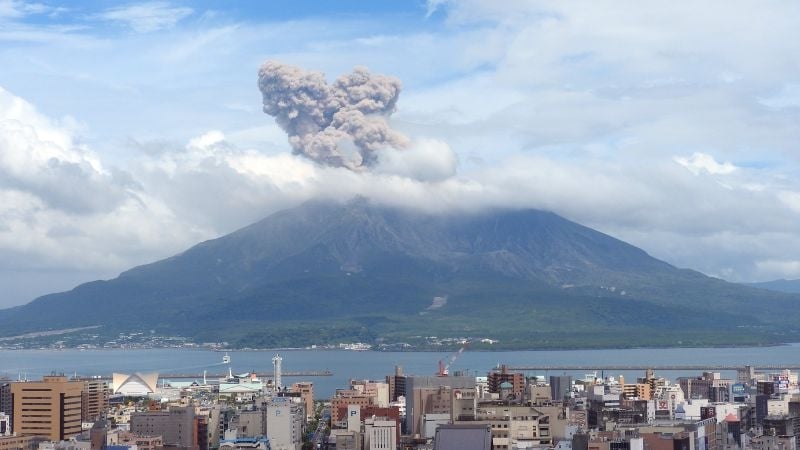
Image credit: yumenomatayume via Canva Pro
Sakurajima is one of the world’s most active volcanoes, constantly puffing smoke above the city of Kagoshima.
You can explore its lava fields on walking trails or soak your feet in a volcanic hot spring by the sea. Viewing platforms offer safe spots to observe minor eruptions, and ferries run frequently from the mainland.
Also read: The Best Places to Visit in Sumatra: Discover Indonesia’s Treasure Chest of Natural Wonders
Akiyoshido Cave, Yamaguchi Prefecture
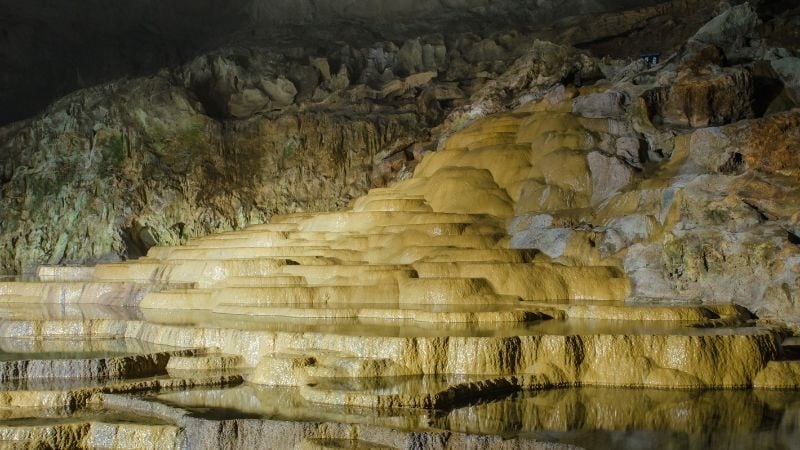
Image credit: Sylvia_Adams via Canva Pro
This underground wonder stretches for over 1 kilometre through Japan’s largest limestone cave system. Inside, you’ll find towering ceilings, vast chambers, and strangely sculpted rock formations.
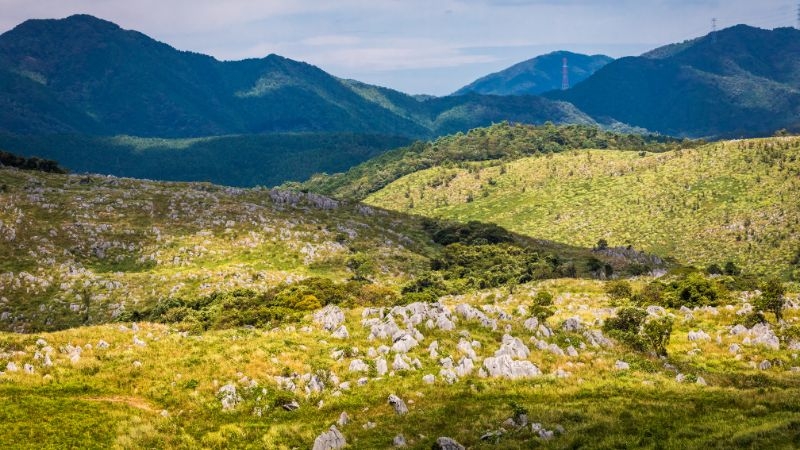
Image credit: Biscut via Canva Pro
Above ground, the Akiyoshidai plateau offers excellent views over karst landscapes, a dramatic contrast to the lush forests around it.
Shirakami‑Sanchi, Aomori & Akita Prefectures
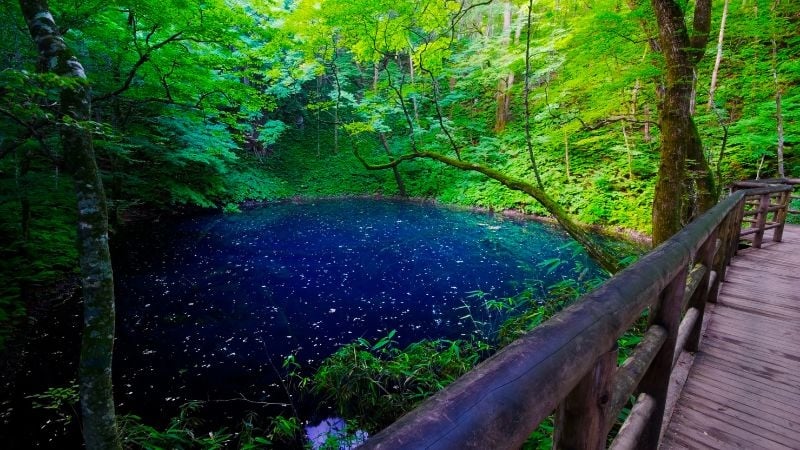
Image credit: eye-blink via Canva Pro
A vast swathe of ancient beech forest protected as a UNESCO site, Shirakami‑Sanchi is a hidden paradise for nature lovers.
It’s less travelled but worth the effort for river treks, waterfalls like Anmon Falls, and wildlife sightings including black bears and rare birds. This is one of the best places in Japan for deep immersion in nature.
Tottori Sand Dunes, Tottori Prefecture
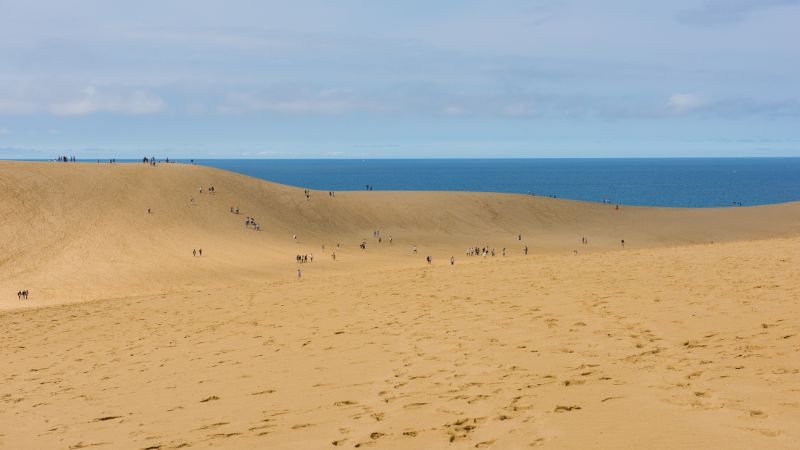
Image credit: meikyou via Canva Pro
Stretching over 16 kilometres along the coast, the Tottori Sand Dunes are Japan’s only desert-like landscape. The dunes constantly shift with the wind, offering dynamic views and excellent photography.
Activities include sandboarding, paragliding and camel rides, plus a Sand Museum nearby with intricate sand sculptures.
Oirase Gorge, Aomori Prefecture
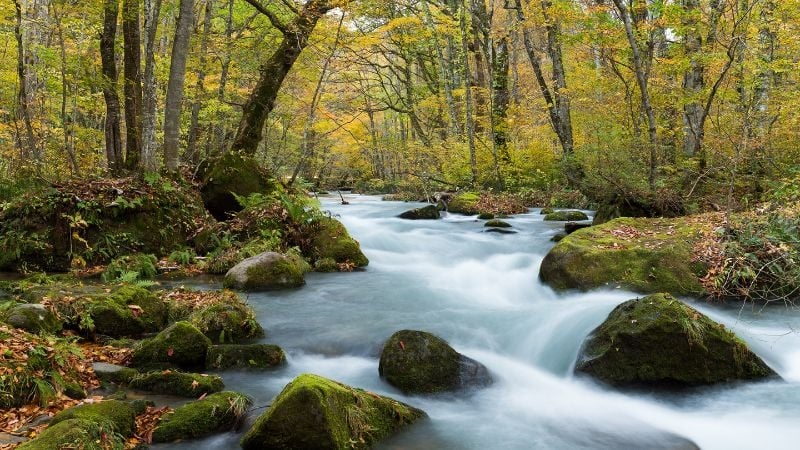
Image credit: Leung Cho Pan via Canva Pro
This forested gorge runs from Lake Towada to Yakeyama and is famed for its crystalline river, cascading waterfalls and lush woodland.
A dedicated walking and cycling path runs alongside the water, making it an ideal spot for slow travel. In autumn, the whole area erupts in golden reds and oranges, considered among Japan’s finest fall foliage scenes.
Travelling through Japan’s natural wonders
Exploring Japan’s outdoors can be as easy as a lakeside stroll or as involved as a multi-day mountain trek. Here are some final travel tips to make the most of your nature-filled escape:
Time it right
Many destinations shine brightest in specific seasons. Cherry blossom season (late March to early April), autumn foliage (late October to November), and snowy winter landscapes (December to February) each offer a different kind of beauty.
Consider hiring a car
While Japan’s public transport is excellent, some remote spots, especially in Hokkaido, Kyushu and the Kii Peninsula, are best accessed by car. This also gives you freedom to explore at your own pace.
Pack smart
Waterproof gear, hiking shoes, sunscreen and insect repellent will go a long way, especially for forested or mountainous areas. Always check the weather and trail conditions before setting out.
Slow down and soak it in
Many of these places are not just scenic, but sacred. Take your time, respect local customs, and tread lightly, whether that means removing shoes at a shrine or following leave-no-trace principles in the forest.
Also read: 9 Unique Food Factories and Attractions to Visit in Japan
Admire the nature of Japan
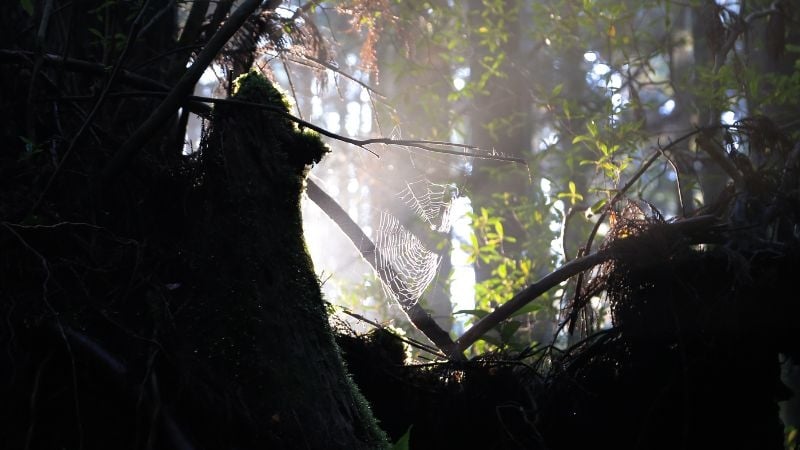
Image credit: Rika Shimizu via Canva Pro
Japan’s natural landscapes are more than beautiful; they are places that tell stories. Stories of gods and pilgrims, of ancient forests and active volcanoes, of harmony between humans and the land.
Whether you’re there for the photos or the peace and quiet, one thing is certain: these places will stay with you long after you’ve left.




